If you have a wedding planner helping you, then they’ll be able to advise on the best course of action, but it’s still good to have a clear understanding of what each piece is for.
In addition to the actual purpose of each element, you will also need to consider the wedding stationery design.
Since it is the first element of the wedding that your guests will be exposed to when they receive their envelopes with invitation suite, it is important to ensure that these reflect and transmit the look and feel you’re aiming for on your wedding day. Think of the stationery as the teaser sneak peek for your guests.
Below you will find the ultimate wedding stationery checklist, which can hopefully help you navigate in this seemingly complicated question.
Remember that this list is in no way all-inclusive, and you can pick and choose which elements you want to have and which you want to commit.
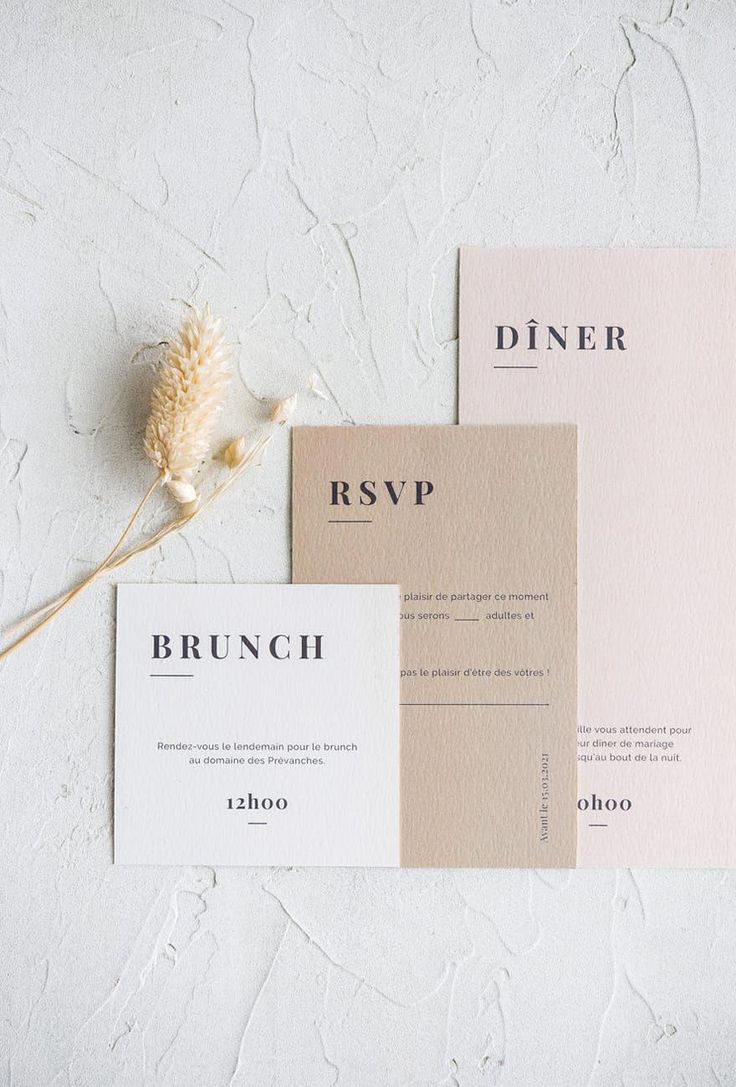
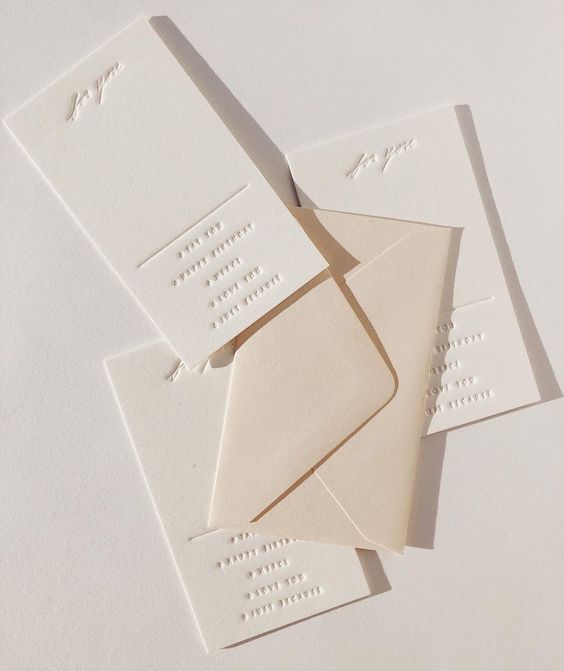
If you are planning a few pre-wedding events, or maybe you have opted for a destination wedding, you will need a few extra pieces of stationery even before your invitation suite comes along.
- Engagement party invitations
- Save the Date cards
Save the Date cards do not provide extensive details, but simply some guidelines: couple’s names, date of the wedding, and location, with a note that formal invitation will follow soon after.
- Welcome or Rehearsal Dinner Invitations
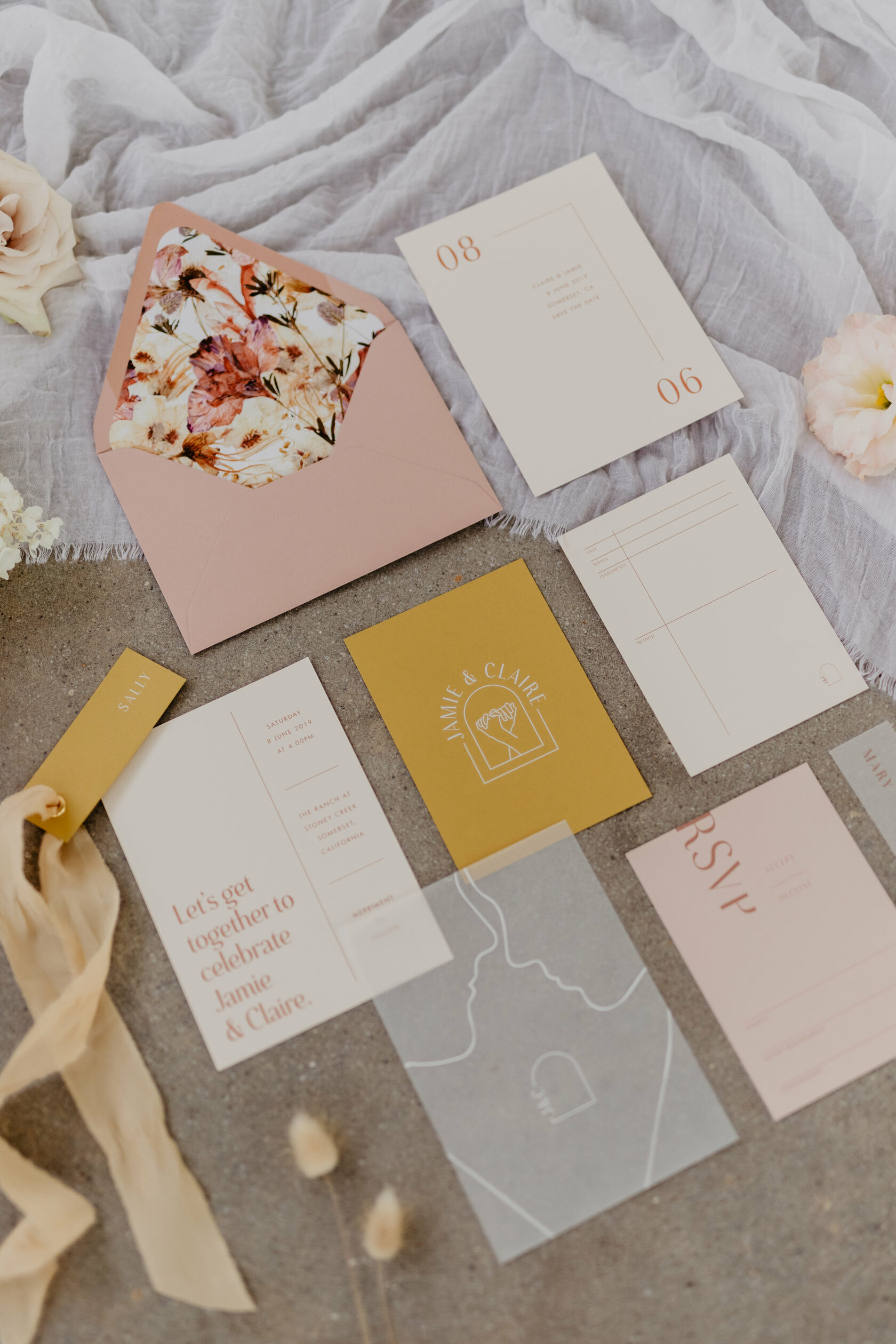
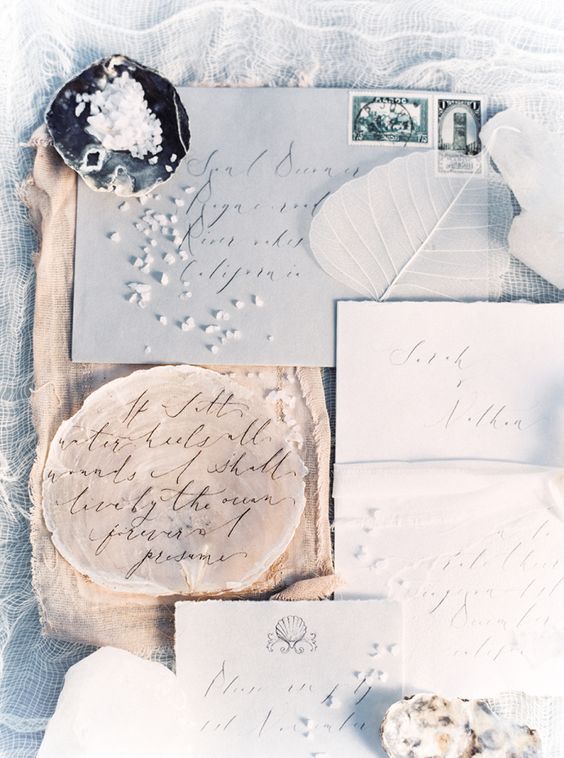
- Invitation card
- RSVP card (with included self-addressed and stamped envelope)
- Direction cards (maps, accommodation details)
- Inner and Outer Envelopes
The outer envelope is used for actual mailing, so names and addresses can be printed on them.
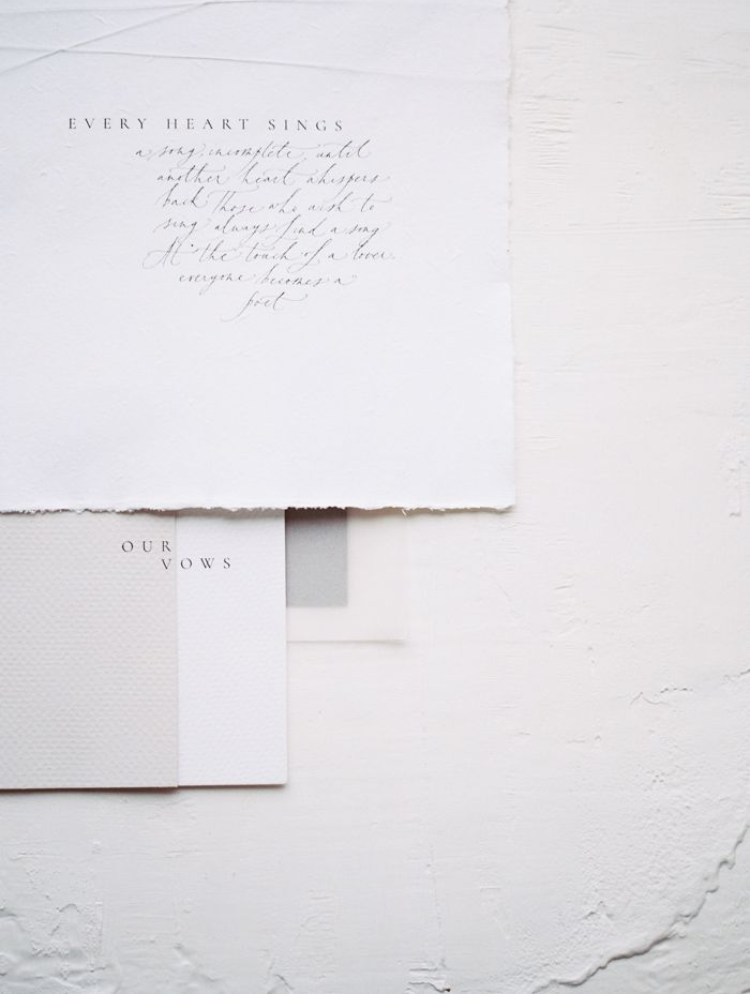
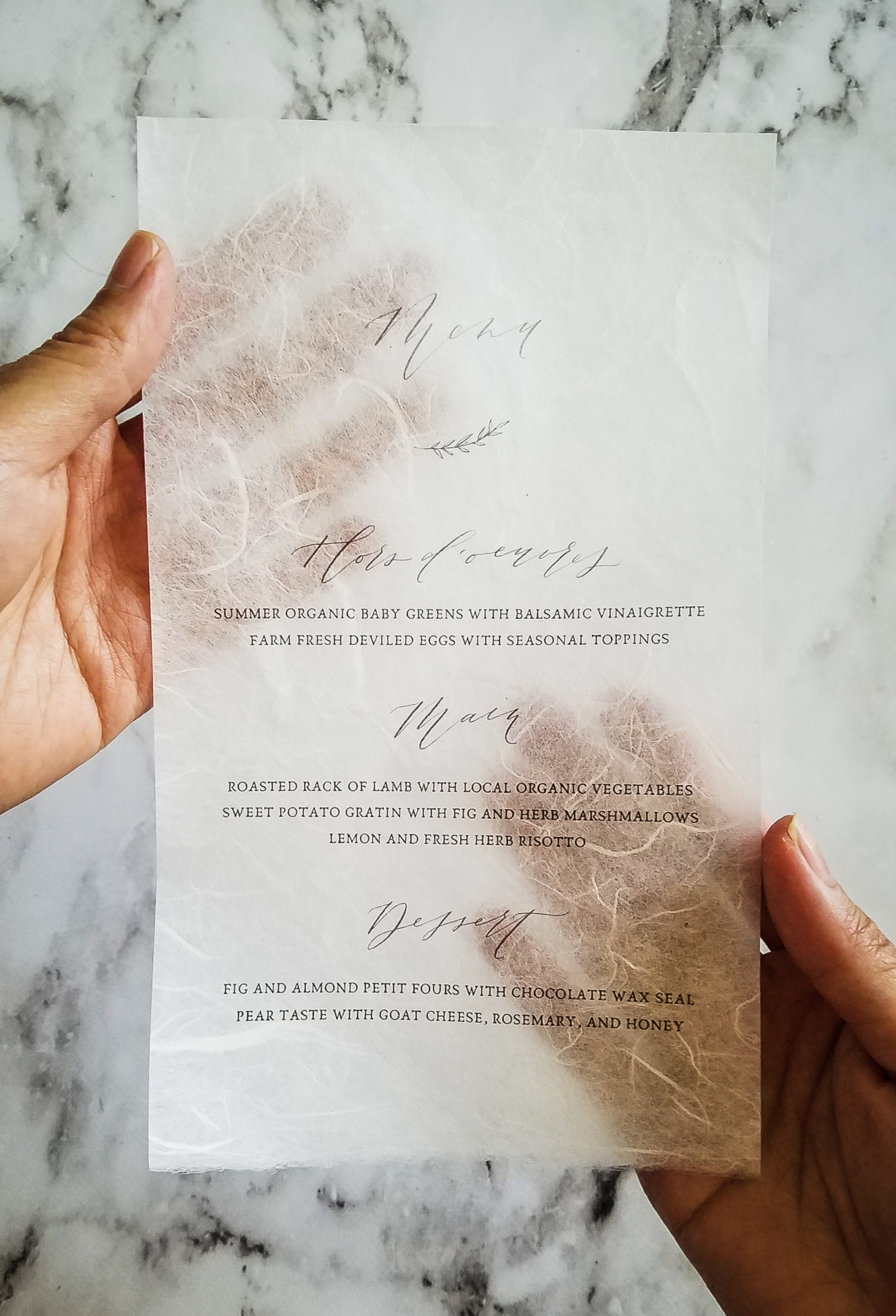
- Order of Service / Ceremony programme
- Seating cards (if ceremony seating is reserved)
- Escort cards OR seating chart
- Place cards
- Menu cards
- Table numbers
- Favour tags
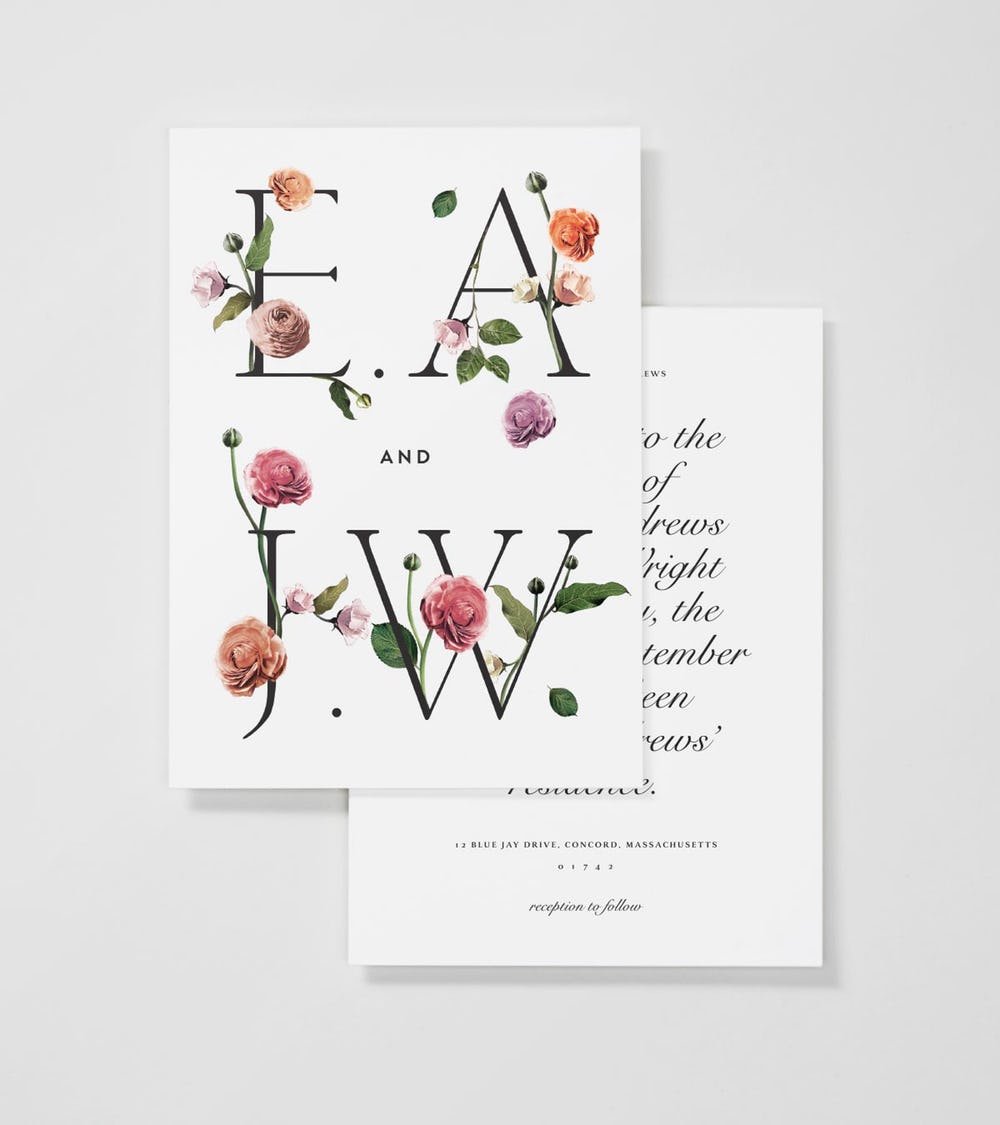
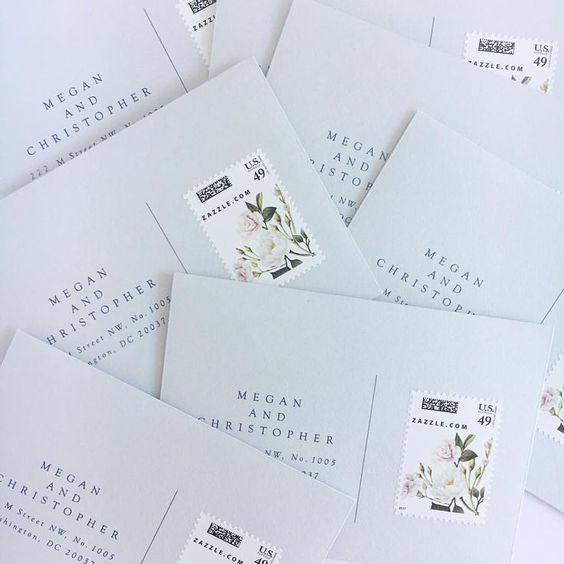
- Thank you cards
We hope this list will help you navigate in this somewhat complicated world of wedding stationery. Working with your stationer, wedding planner, and creative director, you can come up with the best combination of pieces necessary for your wedding, and work on a unique personal design.
